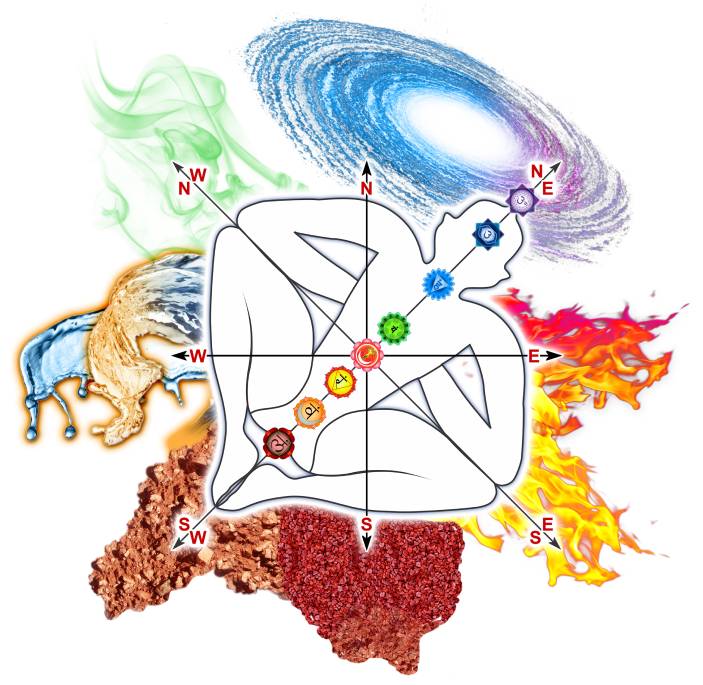Vastu Dosha : Vaastu Shastra are ancient Sanskrit architectural manuals that are based on a certain set of principles. Any kind of non-compliance of the same with respect to the plot or the built structure is referred to as a “Vaastu Dosh.” Vaastu Dosh can have negative effects on a person’s health, wealth, and relationships.
In a general sense, the word “fault” can be translated as “dosh.” Vaastu Dosh, on the other hand, refers to an imbalance of the energies within the home. Every home has its own unique energy, and Vaastu dosha can develop in a home if the rooms and objects within it are not constructed and arranged in accordance with that energy.

Vaastu is an ancient Indian system of architecture. It is believed that a home that is built in accordance with Vaastu principles will bring its inhabitants health, wealth, a happy marriage, professional success, and knowledge. Vaastu Dosh, on the other hand, can cause a great deal of harm.
Vaastu is a complete understanding of direction, geography, topography, environment and physics. The more we are becoming modern the more we are going away from our Vedas, thus facing all the problems in the life. Impulsive planning and unorganised architectural methods have led to the basic problem today i.e. DISHARMONY. In all, Vastu is a bridge between man and nature.
If you are a qualified and brilliant person and still not able to find a job or not able to run a business successfully, then you must go for a consultation. If at house you start fighting with your spouse without reason or your children are not listening to you then you must go for a Vastu consultation.
Vastu is not a religion it’s a science of setting the things correctly and balance the five elements that is Earth, fire, water, space, and air to have the maximum benefit out of life. If your house or work place is violating any principle of vastu, that is a Vastu dosh.
A Vastu dosh can be corrected through the changes in the rooms, through interiors of the house, by changing the placements, by using regulators or using some charged objects. Every vastu dosh has some remedy and if taken properly, the happiness and peace comes back in the life again.
The practise of Vaastu, an ancient Indian architectural science, is meant to bring about joy and wealth. Having perfect Vaastu in construction is nearly impossible to achieve in urban areas because the majority of homes and buildings are built without considering Vaastu principles. However, if we are unable to alter the exterior, we will have to concentrate our efforts on the interior in order to create a positive balance. Each Vaastu dosh has one or more corrective actions that can be taken, and if these are carried out in the correct manner, they will bring about peace and prosperity in one’s life. Some of the most effective treatments for removing vaastu dosha from a location are the following:
- Ganesh Pooja, Navagrah Shanti and Pooja of Vaastu Purush
- Perform the Rudra puja on every Monday as well as on Amavasya (the day of the new moon).
- Wrap all of the following items in a red cloth: the Vaastu Purush idol, a silver Nag (snake), copper wire, a pearl, and a red coral. After that, continue walking toward the east side of your house.
- Every morning after taking a bath, you should face either the northeast or the east while reciting the “Vishnu Sahasranam.”
- A poster depicting a girl crying, a war scene, sexy scenes, an angry man, or an owl is regarded as having a negative influence. It is recommended that one replace it with some images or posters that are Vaastu-friendly.
- In the kitchen areas, place all heavy items such as the grinder, the refrigerator, and any other items towards the wall that faces west or the wall that faces south in the kitchen.
- If you walk into your home or place of business and notice a wall that is empty or bare, you should immediately replace it with a statue of Lord Ganesh or a Shri Yantra.